Temporary ScotRail service cuts will “undeniably” result in more people driving cars, an environmental campaign group fears.
Rail passengers and businesses all across Scotland are facing frustration due to major timetable changes introduced this week by ScotRail.
Hundreds of services have been temporarily cut due to a dispute over pay and lack of train drivers.
The situation has resulted in many stations having far fewer trains stopping at them each day.
And the last journey home by rail for many passengers is now drastically earlier than before — for example, the last train from Inverness to Tain is now at 5.12pm, instead of the usual 9.29pm.
Friends of the Earth Scotland (FOTES) say the cuts could impact the public’s attitudes towards making the swap from using cars to taking more environmentally-friendly public transport.
How getting people out of cars and all aboard trains is on-track with government’s net zero plans
Gavin Thomson, transport campaigner for FOTES, argued that getting people out of their cars and onto public transport options like buses and trains will be key for the country’s climate change ambitions.
The Scottish Government intends to reduce the number of “car kilometres travelled” by 20% by the year 2030, as part of its goal of making Scotland a net zero society by 2045.
Part of this plan to cut car journeys taken will be encouraging people to switch to active travel, or public transport services.
Transport emissions in Scotland are the country’s largest single source of harmful greenhouse gases — they accounted for 35.6% of the nation’s emissions in 2018.
Cars contribute more to Scotland’s transport emissions than other modes of transport.
In 2017, cars accounted for just under 40% of the country’s total transport emissions, while other travel options like trains and buses accounted for just 5%.
High-quality public transport needed to ‘make it possible for people to get around without cars’
But Gavin says if those services aren’t good enough, the public will instead choose to drive themselves around, especially those living in the more rural parts of the country.
He said: “ScotRail’s cuts to services — for however long they last — are undeniably going to push people into driving more or being completely isolated, particularly in the Highlands where it often takes an inordinate amount of time to travel by bus.
“Public transport is an essential service, like education or health, so it’s vital that workers are secure and valued.
“Rail workers, like so many of our key workers, have been overworked and underpaid during the pandemic and this needs to change.
“Transport is Scotland’s biggest source of climate emissions, so we need an affordable, accessible, high-quality public transport network to make it possible for people to get around without cars.”
His thoughts were echoed by Alison Stuart, director at the Aberdeen Climate Action campaign group.
She said: “After lockdown, we need to have people out of cars and back on public transport.
“After walking and cycling, trains have the lowest carbon emissions per person.
“It is vital that we cut transport emissions and people using trains is a big part of that.”
You may also like to read:
- ScotRail cuts leave passengers with ‘unusable skeleton service on Far North Line
- ScotRail train cuts: Why is it happening, will it affect me and how long will it last for?
- ‘It’s not a modern, customer service railway’: Commuters speak out about ‘unreliable’ ScotRail services
- How to cut half a million car journeys and 32k tonnes of carbon in year? A new regional railway is the answer
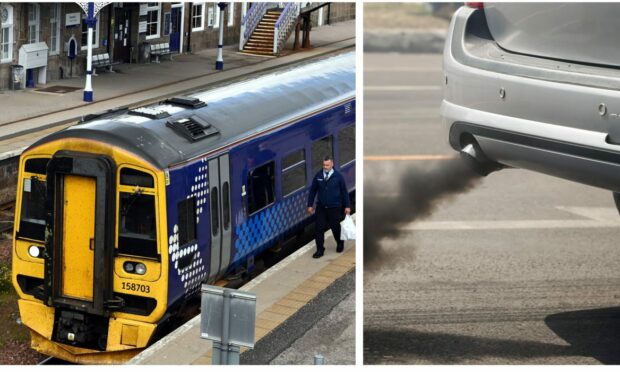
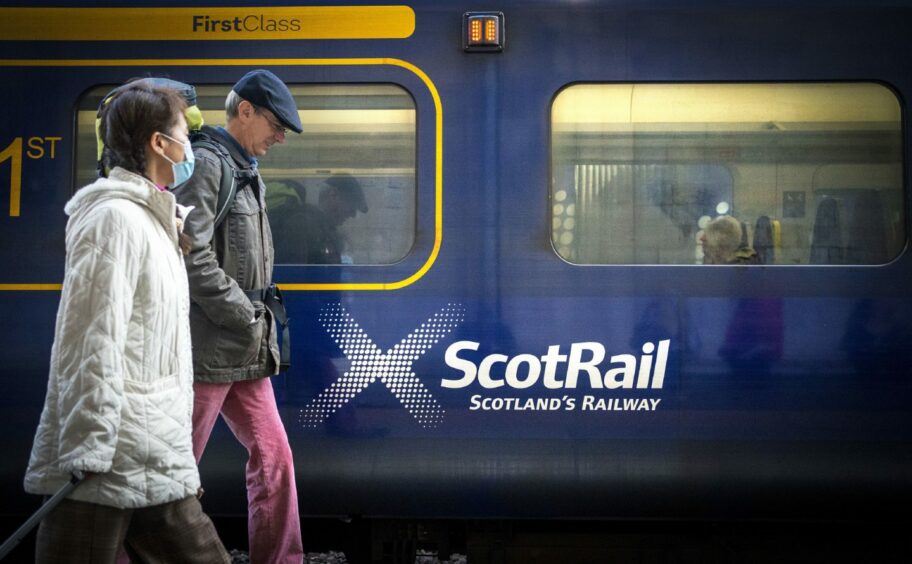
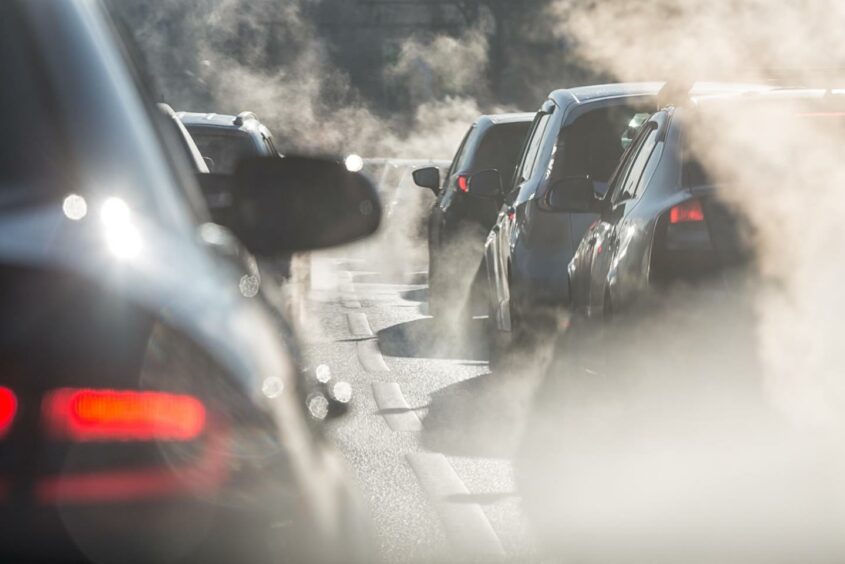
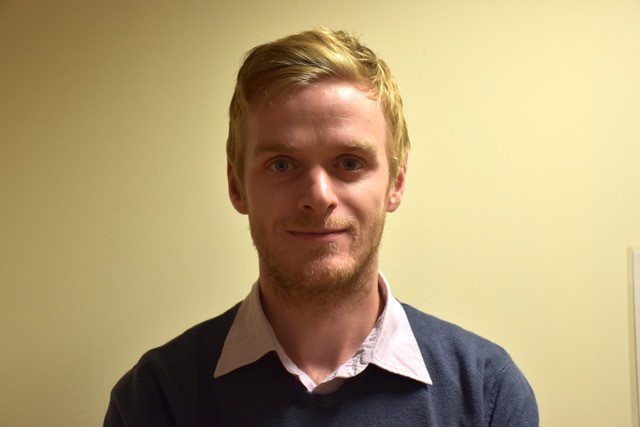
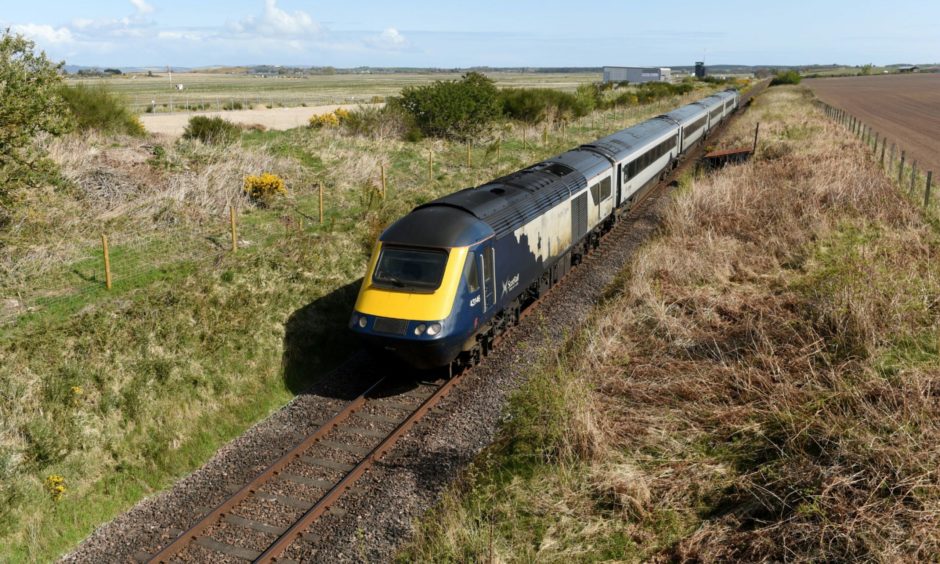










Conversation